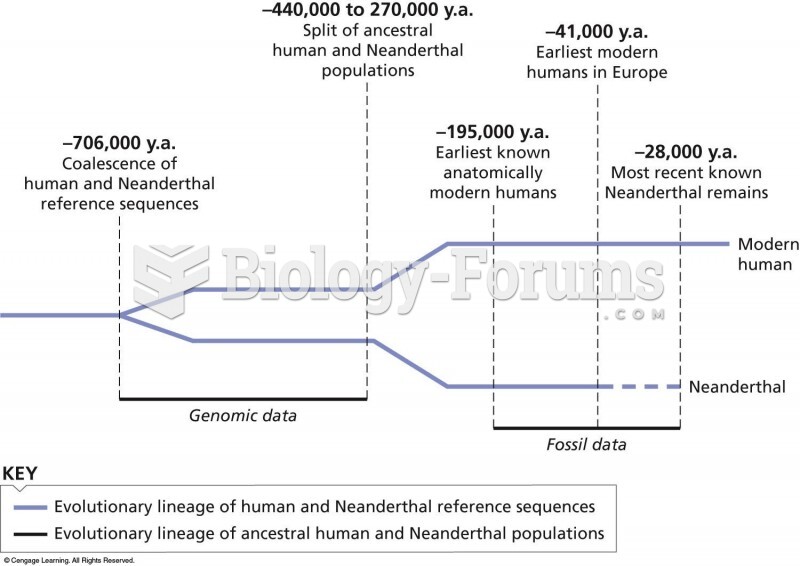Answer to Question 1
Answer: A
Answer to Question 2
- Homophobia (sometimes referred to as homonegativism) refers to an extreme fear, discomfort, or hatred of gay and lesbian people. In its most extreme forms, homophobia may lead to verbal abuse and even physical violence toward nonheterosexual individuals. In October 1998, Matthew Shepard, a gay college student at the University of Wyoming, was kidnapped by two men he had met in a bar, driven to a deserted field, brutally beaten, tied to a fence in freezing temperatures, and left to die. Four months later, Billy Jack Gaither, a 39-year-old gay man who worked at a clothing company in Alabama, was brutally beaten to death. His throat was cut and his body was beaten with an ax handle before he was thrown on top of a pile of automobile tires and set on fire. These horrible, ruthless murders focused renewed national attention on violence against gays and lesbians. However, many murders motivated by antigay attitudes occur every year in the United States and around the world. Since 1997, there have been nearly 200 known antigay killings in the United States, and the incidence increased from 10 murders in 2006 to 21 in 2007.
- Extreme and violent forms of prejudice and discrimination targeting people of nonheterosexual orientations often referred to as gay bashing, did not by any means begin or end with those high-profile stories from over ten years ago. During the 1990s and early 2000s, violent crimes in many states, especially homicides that targeted specific groups of individuals began to receive special legal consideration. These crimes came to be called hate crimes. These violent crimes are motivated by strong feelings of fear and hate toward members of a certain protected class of people. Typically, the perpetrators of these crimes are weak individuals who feel threatened by the mere existence of the group at which their violence is targeted. Hate crimes laws have allowed for more stringent penalties for violent crimes that can be shown to have been motivated by bias or prejudice toward a protected class of people, such as a racial or religious minority.
- More than half of all hate crimes in 2004 were motivated by racial bias, and another 17.9 percent by religious bias. Crimes against gay and lesbian individuals are the third most common category of hate crimes, comprising over 15 percent of such crimes in 2004, up from just under 9 percent in 1991. Thirty-two states have enacted hate crimes laws covering crimes motivated by antigay prejudice.







